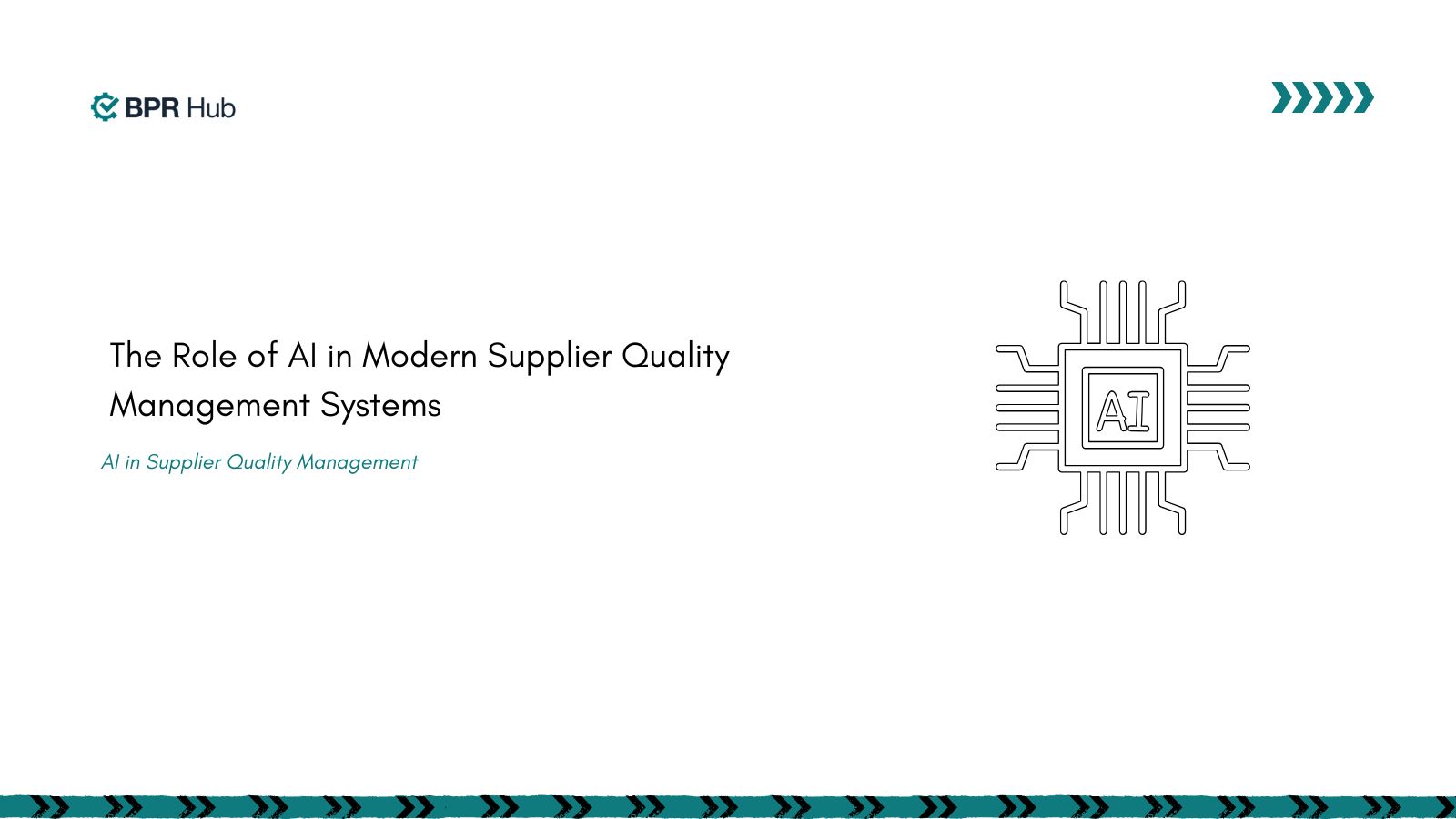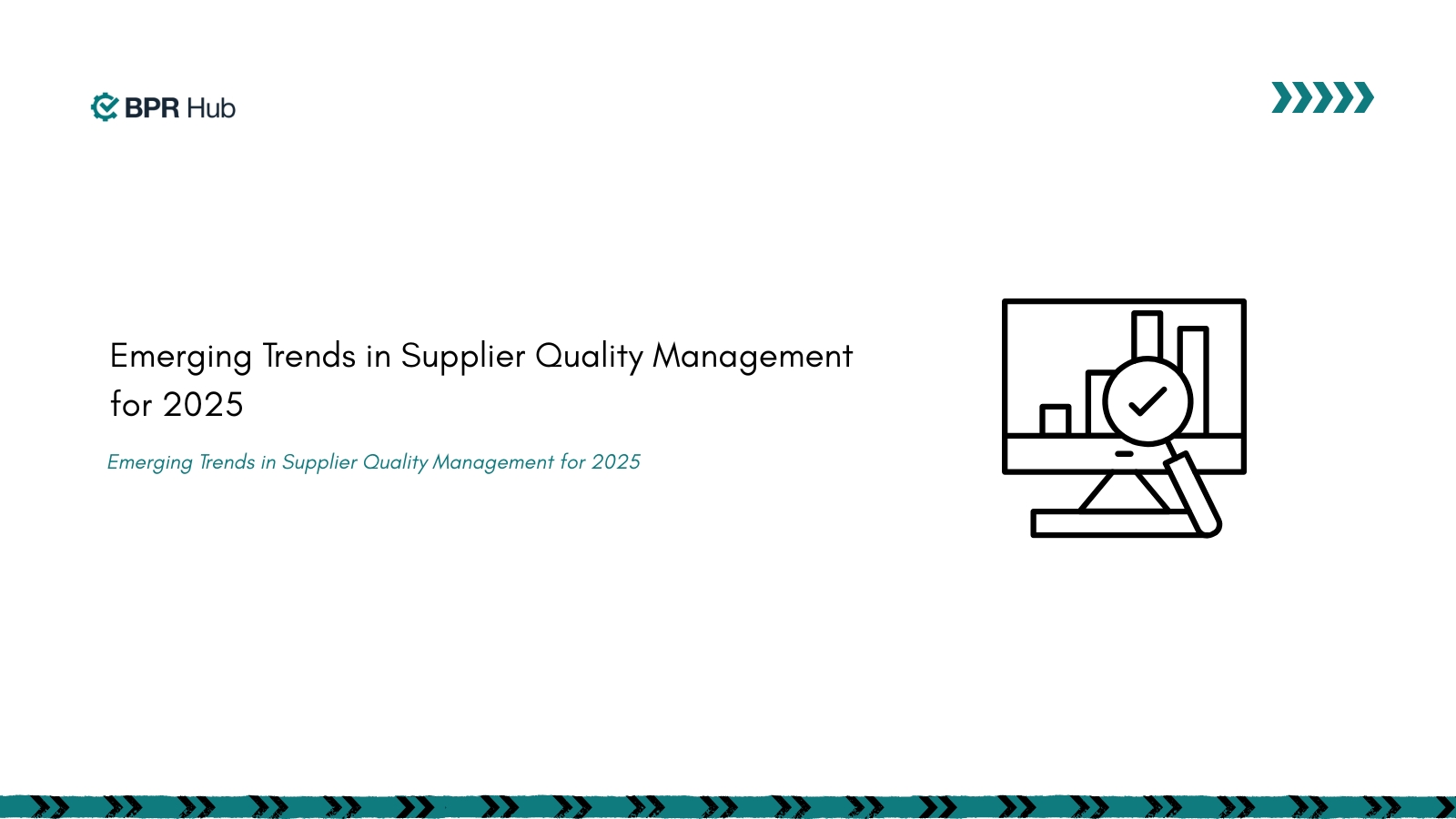A report from the Health & Safety Executive in Great Britain highlights this: in 2015/16, 147 workers lost their lives on the job, but by 2016/17, that number dropped to 137, thanks in part to the adoption of safety practices that actively involve workers. This is exactly where ISO 45001 - and specifically Clause 5.4 - becomes critical.
Clause 5.4 emphasizes that safety is not just a top-down mandate but a shared responsibility, with workers playing an active role in developing and implementing safety measures. In this blog, we’ll explore what Clause 5.4 entails, the roles of both organizations and workers, and how effective participation can lead to improved safety outcomes for all.
What Does ISO 45001 Clause 5.4 Entail?
ISO 45001 is a global standard for occupational health and safety management systems designed to help organizations provide a safe and healthy workplace for their employees. Clause 5 of ISO 45001 focuses on leadership and worker participation, highlighting the critical role of both management and workers in fostering a safety culture.
One of its key elements, Clause 5.4, emphasizes the importance of ISO 45001 worker participation and consultation in developing and implementing safety measures, ensuring that everyone has a role in maintaining a safe work environment.
Responsibility of Organization
Under ISO 45001 Clause 5.4, the organization is responsible for creating processes that allow workers to participate in safety decisions. This includes providing safety information, facilitating feedback, and ensuring transparent communication. The organization must actively engage workers in risk assessments, hazard identification, and policy development to foster a culture of safety.
Responsibility of Worker
Workers, as per Clause 5.4, must actively engage in safety processes by providing feedback, participating in safety training, and reporting hazards. They are also encouraged to take part in risk assessments and safety initiatives. By contributing their insights, workers help identify risks and improve safety measures, playing a crucial role in maintaining a safe work environment.
Let's dissect ISO 450001 clause 5.4 in detail to understand worker participation and consultation.
Key Components of ISO 45001 Worker Participation
For the system to work effectively, it's essential to engage all relevant parties, from workers to management. This session explores six key components that help organizations foster meaningful worker participation. They are:
1. Strategies for Enhancing Communication
Clear and transparent communication is key to effective worker participation. ISO 45001 recommends developing strategies that facilitate easy access to safety information and regular updates. This can include using meetings, reports, or digital platforms to share updates and gather feedback from workers.
To ensure easy access to documents, opt for BPRHub’s Document Hub feature, which centralizes all safety documents, updates, and reports in one place.
2. Identify Key Stakeholders
ISO 45001 emphasizes identifying key stakeholders, such as workers, management, and health and safety representatives, who should be involved in the consultation process. Engaging these groups ensures that all relevant perspectives are considered in the development and implementation of safety practices, making the system more effective and comprehensive.
3. Encourage Participation
ISO 45001 calls for creating opportunities for workers to provide input, be part of risk assessments, and participate in safety training, fostering a culture where safety is a shared responsibility.
4. Developing Effective Consultation
Effective consultation involves regular communication with workers about safety policies, hazards, and risk assessments. ISO 45001 stresses the need to develop processes that ensure workers are consulted on matters affecting their health and safety. This ensures that workers' concerns are heard and addressed in decision-making processes.
5. Train Workers and Stakeholders
Training is critical to ensuring workers and stakeholders understand their roles in the consultation and participation process. ISO 45001 mandates providing training to help workers recognize hazards, participate in risk assessments, and stay informed about safety protocols. Well-trained workers are more likely to engage actively and contribute effectively to safety efforts.
6. Monitoring and Reviewing Participation Processes
ISO 45001 requires organizations to monitor and review the participation processes to ensure they remain effective. This includes evaluating feedback, identifying areas for improvement, and making necessary adjustments. Regular reviews help ensure that the participation system evolves and continues to meet workers’ needs and safety goals.
Start with BPRHub's Standard Hub feature, which offers real-time updates and feedback collection, simplifying the monitoring and reviewing process.
By implementing these key components of worker participation, organizations set the stage for a more effective safety culture. Let’s now explore the direct advantages this involvement brings to the table,
Advantages of ISO 45001 Worker Participation and Consultation
Involving workers in health and safety processes not only strengthens your organization's safety culture but also helps drive better outcomes. Here are six key advantages of ISO 45001 worker participation and consultation:
- Improved Safety Outcomes: Engaging workers helps identify hazards early, leading to better risk management and fewer workplace accidents.
- Increased Employee Engagement: When workers are involved in decision-making, they feel valued, which boosts morale and overall job satisfaction.
- Better Compliance with Regulations: Active worker consultation ensures that health and safety policies align with legal requirements, reducing the risk of non-compliance.
- Enhanced Communication: Regular feedback channels between workers and management create open lines of communication, ensuring concerns are promptly addressed.
- Greater Ownership of Safety Practices: Worker participation fosters a sense of responsibility, making employees more proactive in following safety procedures.
- Continuous Improvement: Ongoing consultation helps organizations adapt and refine safety practices, driving continuous improvement in the health and safety management system.
Even with these benefits, there are times when worker participation may be hindered. Let’s explore the reasons behind this.
What Are the Common Challenges in Worker Participation
While ISO 45001 worker participation offers many benefits, there are common challenges organizations may face in fully implementing it. Addressing these challenges ensures a more effective and inclusive safety culture.
- Lack of Awareness: Workers may not fully understand the importance of participation, leading to lower engagement in safety programs.
- Insufficient Communication: Poor communication channels can make it difficult for workers to provide feedback or for management to relay safety information effectively.
- Resistance to Change: Some workers or management may resist new safety procedures or involvement, especially if they feel the process disrupts existing workflows.
- Inadequate Training: Without proper training, workers may not know how to identify hazards or contribute meaningfully to risk assessments and safety initiatives.
- Lack of Management Support: If senior management doesn’t actively champion worker participation, it can fail to gain traction at all levels of the organization.
- Overcomplicated Processes: If consultation methods are too complex or time-consuming, workers may be less likely to engage or participate regularly in safety-related activities.
To overcome these challenges and ensure effective worker participation, leveraging technology and structured processes can significantly enhance engagement and communication. One such platform that can help streamline this is BPRHub. Let’s see how BPRHub streamlines compliance and enhances worker involvement in safety culture.
Role of BPRHub in Smooth Compliance
To help address some of these challenges, platforms like BPRHub can be invaluable in streamlining the worker participation and consultation process. BPRHub's cloud-based compliance management system helps organizations automate compliance tasks, track safety initiatives, and ensure transparency in communication.
With its real-time analytics and integration with industry standards, BPRHub enables organizations to stay on top of safety and compliance requirements, improving both engagement and communication with workers. By using BPRHub, businesses can create more efficient workflows, simplify consultation processes, and enhance worker participation in safety initiatives.
To streamline your compliance processes, boost worker participation, and transform your safety culture, use BPRHub!
FAQ’s
1. What is ISO 45001 Clause 5.4 about?
Ans: ISO 45001 Clause 5.4 focuses on the involvement of workers in occupational health and safety processes. It emphasizes the importance of consultation and participation from both workers and management in identifying hazards, assessing risks, and developing safety policies to ensure a safer work environment.
2. Why is worker participation important in ISO 45001?
Ans: Worker participation is crucial because employees often have first-hand experience with workplace hazards. By involving them in safety processes, organizations can identify risks more effectively, improve safety protocols, and foster a proactive safety culture.
3. What responsibilities do organizations have under ISO 45001 Clause 5.4?
Ans: Organizations are responsible for establishing processes that allow workers to participate in safety-related decisions. This includes providing safety information, encouraging feedback, and ensuring transparent communication to support a collaborative safety culture.
4. How does ISO 45001 encourage worker involvement?
Ans: ISO 45001 encourages worker involvement by creating opportunities for employees to contribute to risk assessments, safety training, and hazard identification. It also promotes open communication and feedback channels, ensuring workers' concerns are heard and addressed.
5. How can BPRHub boost worker participation?
Ans: BPRHub enhances worker participation by streamlining safety processes, facilitating real-time feedback, and automating compliance tasks. Its platform ensures transparent communication, making it easier for workers to engage in risk assessments, hazard identification, and safety training, fostering a more proactive and collaborative safety culture.
Get insights that help you minimize risks and maximize profits.
Dive deeper into manufacturing compliance with our free resources.
We get it, compliance can get tough.
Here are some additional resources to help.
We get it, compliance can get tough. Here are some additional resources to help.
Get updates in your inbox

.svg)
%20(1).svg)


.jpg)


%20(1).svg)

.avif)

